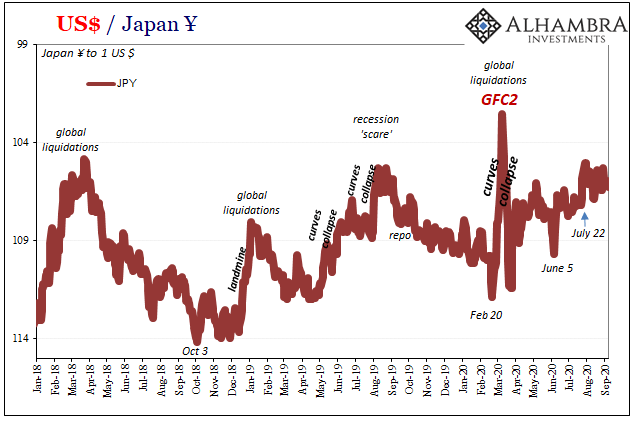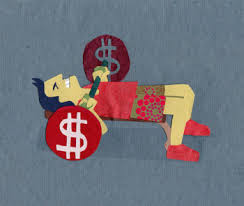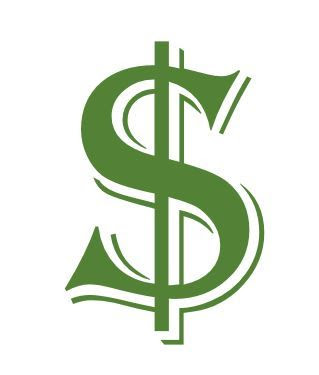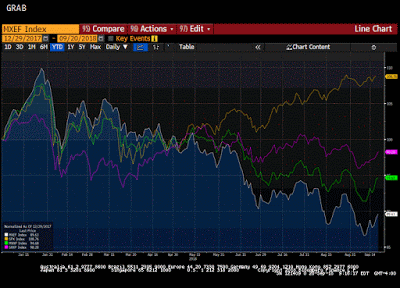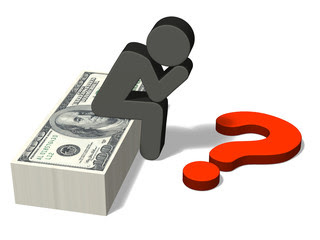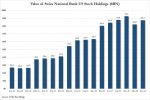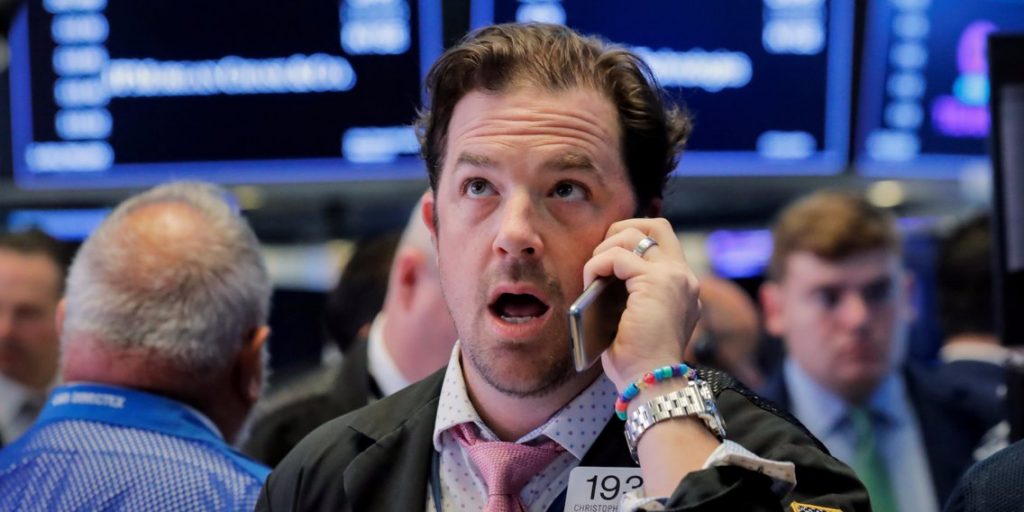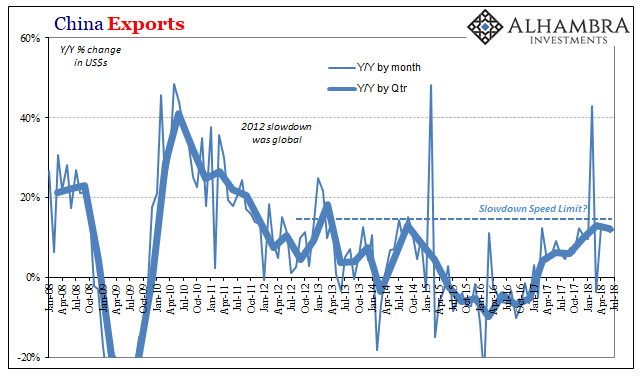While a few equity markets in Asia managed to follow suit after US equity market gains carried the S&P 500 above 2100 since last November, small gains in Tokyo (0.2%), Australia (0.5%) were sufficient to keep the MSCI Asia-Pacific Index flat. European shares are mostly lower, and the Dow Jones Stoxx 600 is consolidating after rising to three-month highs yesterday. Most sectors in Europe are lower, with the notable exception of materials.
News that the world’s bigger miner, BHP Billiton, anticipated a 4% decline in Australian mine output (due to weather and railroad maintenance) helped support prices. Yesterday Rio Tinto made a similar announcement. Late today, Vale, the world’s largest iron ore miner, will report earnings later today, it is expected to announce record quarterly output. The rise iron ore prices is helping blunt the impact of the pullback in oil prices.
News that the Kuwaiti labor dispute has been resolved, coupled with a larger than expected estimated build in the US by API (3.1 mln barrels vs. expectations for two mln barrels) spurred profit-taking, sending oil prices down around 2%. The official DOE estimate is expected to confirm the API estimate. Support basis the June light sweet crude futures contract is seen in the $40.50-$41.00 band.
There have been two economic reports of interest today. Japan’s trade balance and the UK labor report. Japan’s March trade surplus was a little smaller than expected at JPY755 bln, which is still almost a six-year high. Exports were fractionally stronger than expected, falling only 6.8% rather than median forecast of 7%. In February, exports fell 4%. Imports fell 14.9%. The median forecast was for a 16.6% decline after a14.2% decline in February.
There is a strong seasonal pattern in Japanese trade figures. For at least the past dozen years, Japan’s January trade balance has always deteriorated from December, and the February balance has always improved. March has been a bit more mixed, but the balance has improved three of the past four years. In the second quarter, the balance typically deteriorates in April and May before improving in June.
The UK labor market report was mostly disappointing, though broadly consistent with other economic data that points some loss of momentum. The claimant count rose 6.7k rather than fall by 10k as had been anticipated. Those looking for work increased by 21k to 1.7 mln, the first increase of the year. Employment rose by 20k, the smallest increase since last June.
Earnings growth was slower. On a year-over-year basis, for the three months through February average weekly earnings rose 1.8% compared with 2.1% in January. The unexpected decline appears to reflect a sharp drop in bonuses in the financial sector. Excluding bonuses, average earnings growth was unchanged at 2.2%.
The dollar rose to almost JPY109.50 yesterday but has been unable to extend the recovery off Monday’s spike low to JPY107.70. As the North American session is about to begin, the dollar is straddling the JPY109.00 area. The low has held on three tests. A move above JPY109.50-JPY109.75 is needed to lift the tone. Otherwise, additional sideways choppy trading can be expected.
Yesterday, sterling rose to test the trendline drawn off the early February and mid-March highs that comes in near $1.4430 today. The pullback is quite modest today, and the resilience of sterling in the face of the poor, disappointing labor report is notable. Three-month implied volatility has pulled back a little, but the premium being paid for puts over calls remains near record levels. A few recent polls show those that want to remain in the EU are holding on to a small lead. Many observers are recognizing how vulnerable UK sentiment may be to geopolitical developments between now and the end of June when the referendum will be held.
The euro reached $1.1385 yesterday, a four-day high, but euro has hardly backed off. It reached a low today near $1.1350. It has been confined to about a quarter cent range today. The market may be cautious ahead of tomorrow’s ECB meeting.
Recall at the March meeting; the euro was falling as Draghi announced several measures meant to provide additional monetary support. However, the euro reversed course and rallied as Draghi suggested there was no more room to cut rates. Subsequently, he and other ECB members tried walking back from the claim, but will little avail.
The ECB’s Mersch’s recent comment noting that the ECB does not have a target for the euro was politically correct, but not particular helpful is offsetting the tightening of financial conditions represented by the euro’s appreciation. There is some risk that at the press conference tomorrow following the ECB meeting, Draghi may be more forceful in resisting premature tightening.
The dollar-bloc currencies are consolidating in the upper end of yesterday’s ranges. The near-term technical condition suggests the upside has not been exhausted, though appear stretched on a medium term view.
The US reports March existing home sales. They are expected to have bounced by almost 4% after the 7.1% slide in February. The report typically is not a market moved. The S&P 500 reached the longstanding technical objective of 2100 yesterday, which is the measuring target of the double (or “W”) bottom formed in January and February. US shares are trading lower in Europe, and the S&P 500 are called about 0.25% lower. Initial support is seen near 2085.
Lower oil and heavier stocks are lending support to the bond market, where US Treasury yields are slightly softer as are most core bond yields. Peripheral yields in Europe have a firmer bias.
Tags: Japanese yen,newslettersent,SPY,U.S. Average Earnings,U.S. Existing Home Sales





















